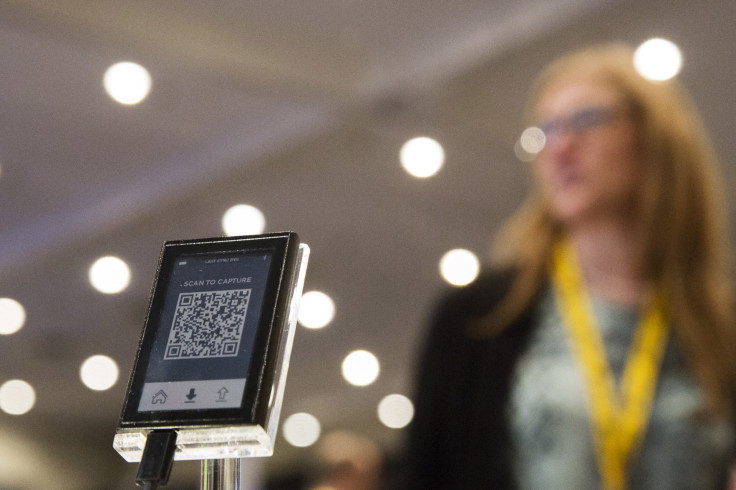Peer-To-Peer Lending: New Risks Surface As P2P Loans Evolve From Niche Novelty To Major Market

Chinese retail giant Alibaba announced this week that it would extend loans to U.S. businesses eager to trade with Chinese manufacturers. But the entity on the money end of the landmark partnership wasn’t a household name like Citigroup or Bank of America. Instead, Alibaba joined forces with peer-to-peer borrowing platform Lending Club.
The move is a coup for Lending Club, the nine-year-old financial company whose loan volumes to date exceed $6 billion, and a triumph for peer-to-peer (P2P) lending, an innovative form of loan distribution that is attempting to disrupt the banking sector.
Peer-to-peer lending comes in many stripes. Broadly speaking, it allows individual borrowers to access an online marketplace of potential investors outside the constraints of traditional banking. To request a loan, an engineer in Honolulu might provide information like her credit score, college major and income to a P2P platform—and soon find herself paying interest to a private investor in Harrisburg and a hedge fund in Hartford.
Free from the brick-and-mortar costs and regulatory burdens faced by ordinary banks, P2P lending promises lower rates for borrowers and attractive yields for investors. Nonexistent until 2005, the P2P market has roughly doubled each year, and will reach an estimated $40 billion in 2016, comprising personal loans, commercial loans, mortgages and student debt.
But as excitement mounts over P2P lending, so do concerns that the lightly regulated model introduces novel risks, both to borrowers and investors. With more companies crowding in and P2P loan volume growing exponentially, the unproven sector has yet to weather a full boom-and-bust cycle. The sheer novelty of the market also concerns institutions like Standard and Poor’s, which worried last year about “the unproven ability and capacity to comply with new and ongoing regulatory and legislative requirements.”
Around 2008, a number of young P2P lenders saw soaring default rates; 11 percent of Lending Club's loans originated that year would end up defaulting. Because P2P lenders aren’t backstopped by the Federal Deposit Insurance Corporation, losses are uninsured. Soon the Securities and Exchange Commission butted in, forcing P2P lenders to treat transactions as registered investments. The industry has since tightened ship.
But P2P lending has evolved beyond simply matching investors and borrowers. In the last year and half, platforms such as Lending Club and San Francisco-based SoFi have bundled hundreds of millions in loans into securities. By combining these thousands of debts into bond deals, lenders attract larger institutional investors hungry for returns, including giants like Goldman Sachs and Morgan Stanley.
On one hand, P2P lenders note, securitization makes the market more liquid: Investors have an easier time buying loans or dumping them off when they’re part of a traded asset class. Meanwhile, the securities increase the demand for unsecured loans, which in turn lowers borrower costs.
But some see a familiar potential risk lurking in the deals. “As we saw with subprime crisis, loans that were never going to be repaid were packaged with other loans,” says Shane Worner, senior economist at the International Organization of Securities Commissions. “Those issues remain.”
Still, Worner considers those risks “very, very low” in the P2P world, particularly since the industry raised its once-lax standards. It was only in 2013 that Lending Club delivered the first P2P securitization, a $53 million batch of bonds bundled by Eaglewood Capital.
SoFi CEO Mike Cagney considers these securitization deals a “win-win” for borrowers and investors. His company became the first P2P lender to win ratings from Standard and Poor’s last year, with a single-A-rated $270-million issue. It came only three months after S&P had warned “we believe there are issues that need to be addressed before we can assign ratings” to P2P securitizations.
Cagney, whose company has ventured from the student debt field and into personal loans and mortgages, dismisses any notion that its borrowers are particularly risky. SoFi’s average borrowers in recent months boast six-digit incomes and above-average credit scores, Cagney says. “Rather than relying on things that indicate a borrower’s history” – like a credit score – “we rely on things that reflect the ability of the borrower to pay going forward.” That might include everything from current profession to college major. Other companies parse social media networks or check past standardized test scores to rate borrowers.
As the field expands, however, some worry that P2P lenders will grow less circumspect. As Michael Solomon, CEO of P2P lender CircleBack, told FT last September, “At some point you’re going to have yield-chasers moving down the credit curve.” When the market becomes saturated, lenders might be incentivized to offer increasingly suspect high-interest loans to vulnerable borrowers, as mortgage originators did in the run-up to the housing crisis.
For his part, Cagney doesn’t predict such a race to the bottom. “We’re racing more to prime and super-prime borrowers,” Cagney says. “There’s a strong appetite for that product.”
© Copyright IBTimes 2024. All rights reserved.






















